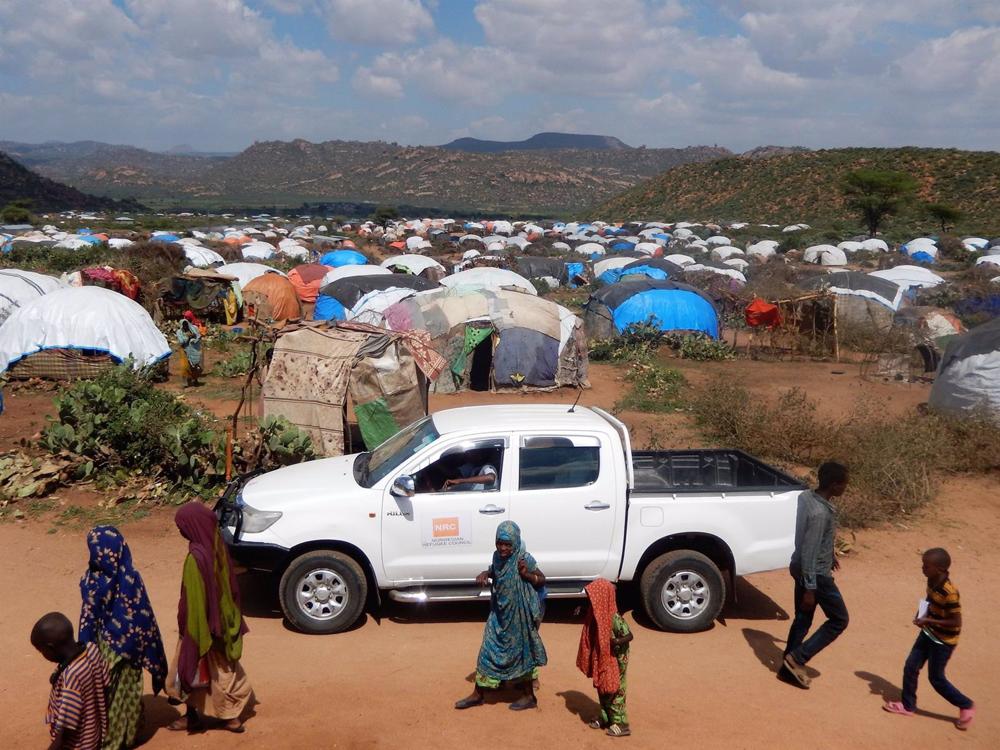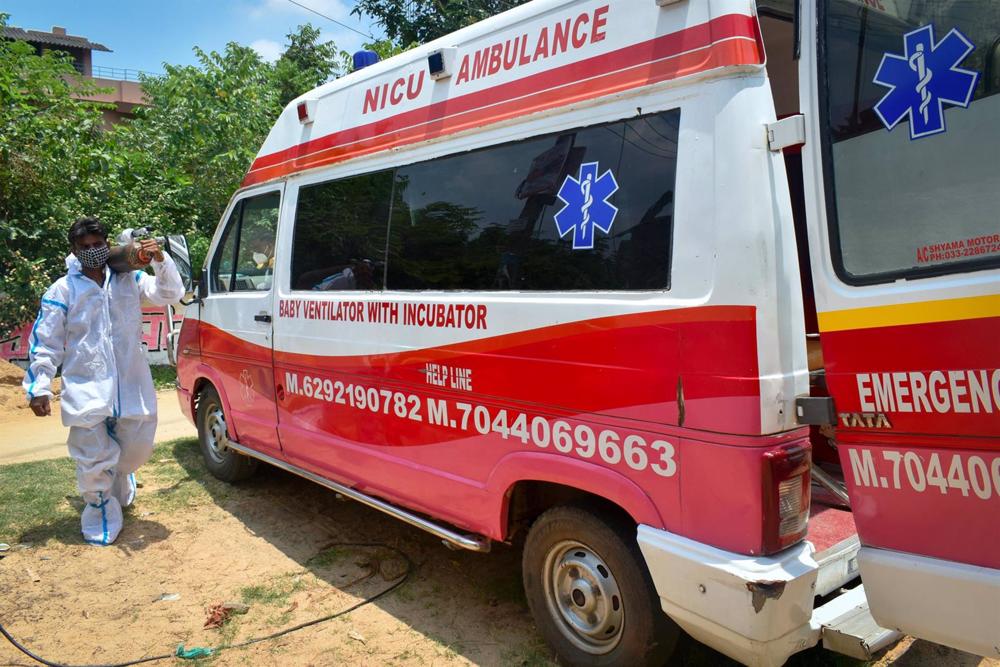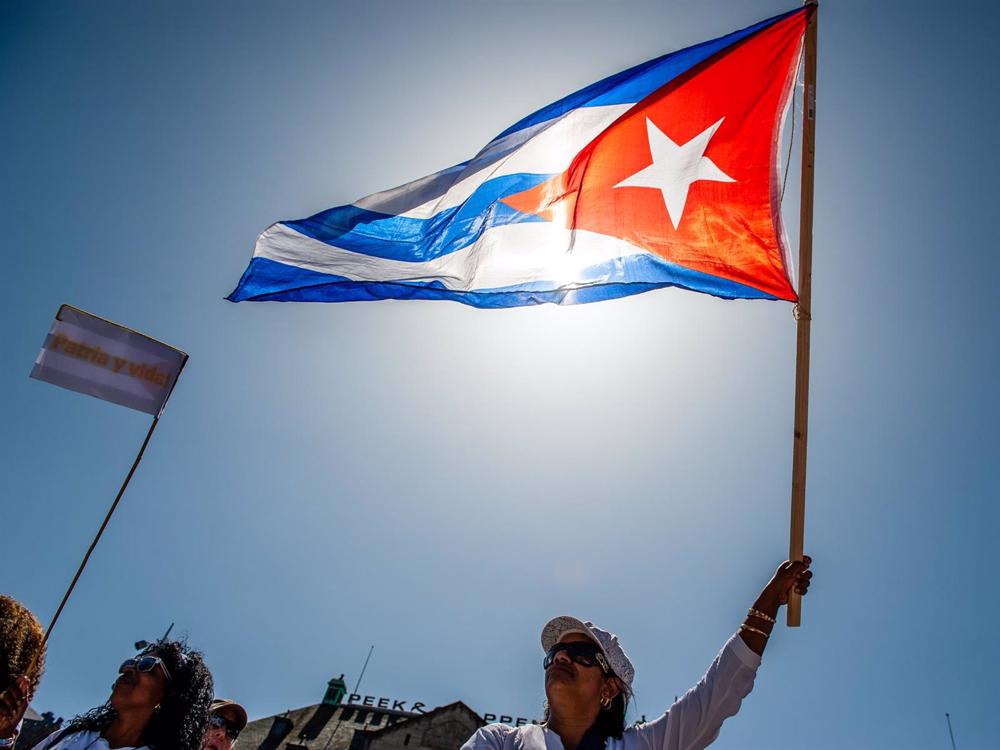
The United Nations has warned of a «rapid deterioration» in Ethiopia’s Oromia region, particularly in the west, where infrastructure is virtually devastated and more than 10,000 people have fled their homes in the last 15 days, mainly due to ongoing clashes between the Oromo Liberation Army (OLA) and government forces.
«Essential services, electricity, cell phone network, banks and markets have stopped operating in western Oromia,» the United Nations Coordination Office for Ethiopia (OCHA Ethiopia) has warned.
The population has dared in recent days to cross the border into the Amhara region in the north of the country, in an arduous journey of up to five days on foot, while NGOs are calling for urgent distribution of resources despite the prevailing chaos.
In fact, the fighting has affected one of the country’s main distribution routes, the one linking the capital, Addis Ababa, with Assosa precisely through western Oromia, which is now completely blocked.
National media such as the ‘Addis Standard’ reported last week that more than 30,000 internally displaced persons are trapped in the city of Gida, in this part of Oromia, «without access to food, water, shelter and medical services», to make up a total of approximately 740,000 displaced persons between western Oromia, the border areas with Amhara and the regions of Benishangul Gumuz.
The ELO, which split from the Oromo Liberation Front (OLF) following a peace agreement, has claimed responsibility for several attacks — especially in Oromia — in recent months. The FLO fought for decades for the secession of the Oromia region, but in 2018 announced it was giving up the armed struggle, accepting the prime minister’s offer of amnesty. To the clashes must be added the action of the Fano militias, which have been accused of perpetrating massacres against the civilian population.
The hardships do not end here: OCHA has also warned that the cholera outbreak declared in summer in parts of the Oromia and Somali regions is still not under control. Between August 27 and December 14, 24 have died with 669 cholera cases reported in five woredas (districts) in the Bale area, another in the Guji area of Oromia and two others in the Somali region.
In fact, the number of cholera cases has increased by 17.7 percent in the last 14 days while about 743,000 people are at high risk in the eight affected woredas.
AID CONTINUES IN TIGRAY On a positive note, the UN has applauded the distribution of aid in the troubled region of Tigray, the scene of a two-year-long violent conflict between the government and the TPLF.
Between November 15 and December 8, more than 1,600 trucks delivered more than 63,800 metric tons of food and more than 4,000 metric tons of sanitation and other facilities were transported to Tigray.
The first movement of humanitarian convoys from Tigray’s capital, Mekelle, arrived in Shire on December 9 and has continued since then. Power lines and telecommunications have begun to resume in several areas of the state, including the towns of Axum and Shire.
Source: (EUROPA PRESS)






